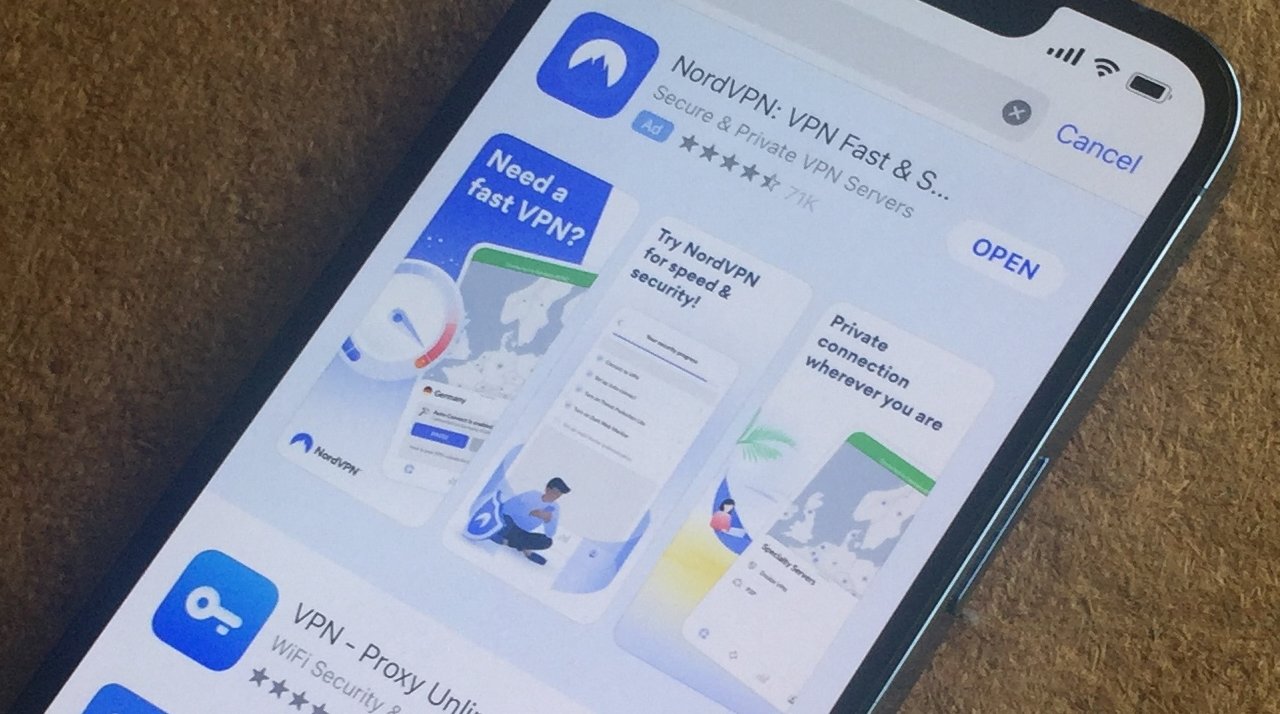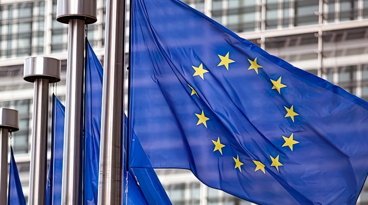How to set up a VPN on iOS 16
Apple's Private Relay offers a degree of security on the web, but there's a reason why there are many VPN services that can do more. Here's how to set your iPhone or iPad to use a VPN under iOS 16 and iPadOS 16.
If you are concerned about privacy and security, do check out Apple's Private Relay service, which is part of its iCloud bundle. That includes other items such as Hide My Email, with the ultimate goal of making web browsing safer and more private for iPhone and iPad users.
And you should keep Private Relay in mind in light of reports that there is a problem with VPN on iOS. There isn't a solution as yet, either, but there are workarounds to help keep up the security.
They're workarounds you can follow very easily once you've set up a VPN in first place.
Virtual Private Network
A Virtual Private Network (VPN) connection essentially creates a tunnel between your iPhone and whichever online service or site you want to access. All your data is encrypted before it leaves your phone, and all data coming back is encrypted on the way.
Consequently anyone able to intercept the connection should not be able to read your data — or derive where you are in the world, what type of device you are using, and so on.
It's not as if you have to work for the Secret Service for this to be an issue, either.
If you've ever sat at an airport and tapped on your iPhone's Wi-Fi settings, you've seen a list of free Wi-Fi networks appear. Some are legitimate and their only problem is that they are incredibly slow for some reason.
But some might not be the airport's real Wi-Fi. Some could be Wi-Fi hotspots, maybe belonging to that suspicious looking person sitting two rows away from you.
You still shouldn't just join any Wi-Fi network going. But if you do, and you have a VPN on, that suspicious person may get very irritated.
Plus there is also the sometimes useful ability to spoof where you are. If you're a US Netflix subscriber, for instance, but you're currently on holiday in the UK, Netflix won't let you log in to your own account.
Turn on your VPN, though, and set it to tell Netflix you're in the States, and it will.
So that's a positive benefit of a VPN, but there can also be times when you're working for a corporation and your own systems won't let you log in from overseas without one. Banks can sometimes do the same thing.
There are more reasons to have a VPN than straight security, then. They can be convenient and they can give you peace of mind.
Choosing a VPN
VPNs come and go, though the best ones have been around for a long time. You have to buy one, you have to subscribe to a third-party VPN service, so the first job is to check them out.
They must be using at least 256-bit encryption, but also read their privacy policies — and check for data caps. Some services will limit how much internet usage you can have through them.
Some will also limit the number of devices that you can use your one subscription on. That's important when you have a Mac and an iPad as well as your iPhone.
You have to decide for yourself which service — and which fee — is right for you. But longstanding VPN options include:
Setting up a VPN
Get the VPN firm's own app from the App Store. Sign up or use their free trial if offered, and then go through their steps to setup the VPN.
It's always going to be roughly the same sequence, though. First the app needs to install what's called a VPN profile on your device.
When it tries to do that, it will hopefully explain to you what it means, but definitely iOS will ask your permission. Say yes, you do want to install a VPN configuration.
From then on, you have the VPN available. You just have to turn it on and off as you need.
Any VPN app will include that on/off switch, but there is also one in iOS 16 itself.
- Open Settings
- Tap General, then VPN & Device Management
- Next to the VPN's name, tap to turn it on or off
The problem with VPNs
In August 2022, a security expert reported that there was a bug in iOS that meant VPNs don't work — or rather, that they can fail under certain circumstances. Very worryingly, it's claimed that the bug has existed since at least 2020.
Regardless of the issue over whether Apple should have fixed this by now, or whether it is going to, there are two circumstances where it's a concern.
First, if you have accessed a website and then turn on your VPN, what's supposed to happen is that your original connection is immediately dropped — and then started up again. What was once an insecure connection is replaced by a secure one to the same place, and you should even notice.
Reportedly part of the bug is that sometimes this prior connection is not dropped and re-established. So you can force that to happen by turning on AirPlane Mode on your iPhone, and then turning it off again.
The second problem is harder to protect against. It's claimed that over time — perhaps as little as a few minutes — the iOS bug means that VPNs get a data leak. They are suddenly not sending encrypted data the way they should.
That's extremely serious and it undoes the worth of a VPN entirely, so it's important that Apple fixes this. But in the meantime, what you can do is make your VPN connections very short.
It isn't guaranteed to prevent data leaks, but it will help. And Apple's own Private Relay will too.
 William Gallagher
William Gallagher











 Malcolm Owen
Malcolm Owen
 William Gallagher and Mike Wuerthele
William Gallagher and Mike Wuerthele
 Christine McKee
Christine McKee


 Marko Zivkovic
Marko Zivkovic









